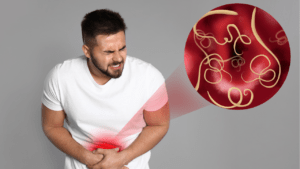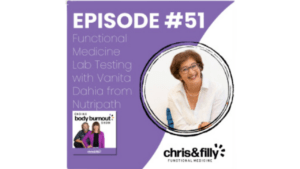How Toxic are Metals in the Body?
by Vanita Dahia
Toxicity of heavy metals can be damaging to health. Heavy metals are naturally occurring elements found in multiple industrial, domestic, agricultural, medical, and technological applications. Toxic levels of metals may be potentially harmful to the body affecting neurological, endocrine, metabolic and immune systems.
Their toxicity depends on several factors including the dose, route of exposure, and chemical species, as well as the age, gender, genetics, and nutritional status of exposed individuals. Because of their high degree of toxicity, arsenic, cadmium, chromium, lead, and mercury rank among the priority metals that are of public health significance. They are classified as human carcinogens (known or probable) according to the Environmental Protection Agency and the International Agency for Research on Cancer.
High levels lead to an increase in Reactive Oxygen Species (ROS) that damage proteins, lipids and DNA. They also form tight bonds with the essential element selenium, reducing its bioavailability for enzymes essential for thyroid hormone synthesis and activation.
Some metals are much more toxic than others. The form of a metal may be more harmful such as an organic versus an inorganic metal compound. How a person is exposed can influence the amount of metal absorbed and the part(s) of the body that are affected. For example, a metal that does little when it is held in someone\’s hand, or is only moderately harmful and poorly absorbed when swallowed, may be much more toxic and cause severe lung damage when its vapours are inhaled.
Where do we get heavy metal exposure from?
Heavy metals are naturally occurring elements found in the Earth’s crust. Some, like iron and zinc, are essential for human health in small amounts. However, in larger amounts, they can become toxic.
Here are some of the most common sources of heavy metal toxicity:
Environmental: Mining and smelting: These activities release heavy metals into the air and water, which can contaminate soil, plants, and animals
Air pollution: Coal-burning power plants and other industrial facilities can release heavy metals into the air, which can then be inhaled or deposited on food and water.
Water pollution: Industrial waste, runoff from contaminated land, and acid rain can all pollute water with heavy metals.
Occupational: People who work in certain industries, such as metalworking, battery manufacturing, and painting, are at risk of exposure to heavy metals.
What does it feel like to have a heavy Metal Toxicity?
Signs and symptoms vary and may include:
- Chronic pain and fatigue
- Brain fog – state of forgetfulness and confusion
- Chronic infections such as Candida
- Gastrointestinal complaints, such as diarrhoea, constipation, bloating, gas, and indigestion
- Food allergies
- Dizziness
- Migraines and/or headaches
- Mood swings, depression, and/or anxiety
- Nervous system malfunctions – burning extremities, numbness, tingling, paralysis, and/or an electrifying feeling throughout the body
In the world of increasing metal exposure although chelation therapy is an important tool in fighting metal storage disorders yet lack of larger clinical trials still offers controversy on its clinical therapeutic benefits.
Employing combination therapy with more than one chelating agent and or prescribing antioxidants or nutraceuticals should be more seriously considered as crucial recommendations of chelation therapy.
What is your metal toxic load?
Check your Metal and Toxic load by completing the Toxin Load Questionnaire by BioPractica
Heavy metal testing is usually tested with essential minerals in one of many samples. Hair metal and mineral analysis is easy, convenient and relatively inexpensive, and represents storage of metals . Heavy metals can also be measured in a urine, blood red cell, faecal or saliva sample.
Test for Metal Toxicity
Educational Webinar
How Toxic are Metals in the Body?
In this webinar, you will learn:
- Nuts and bolts of metals
- Impact of heavy metal toxicity in the body
- How to measure toxic levels
- How to detoxify and chelate heavy metals from the body






